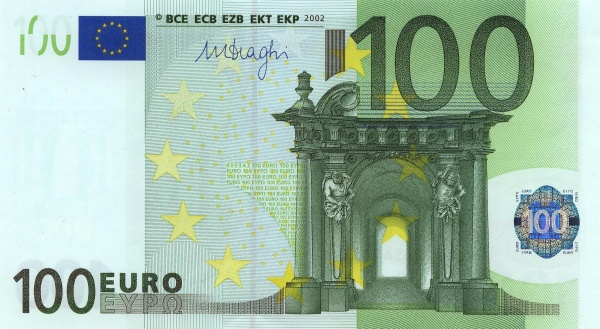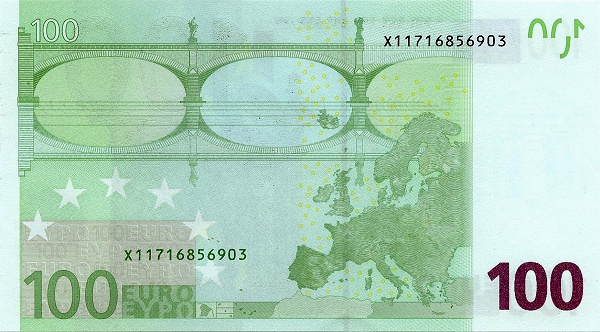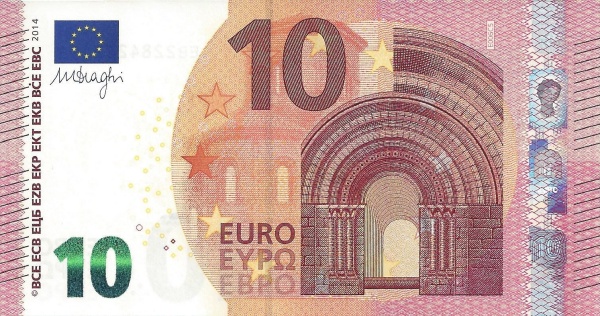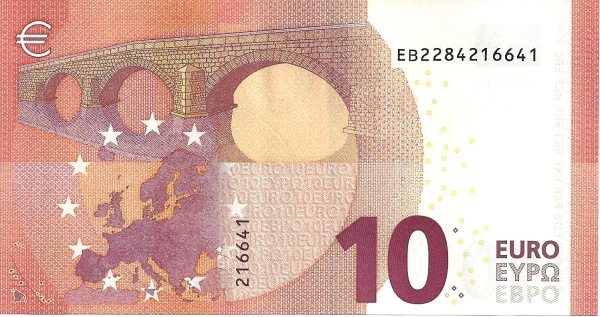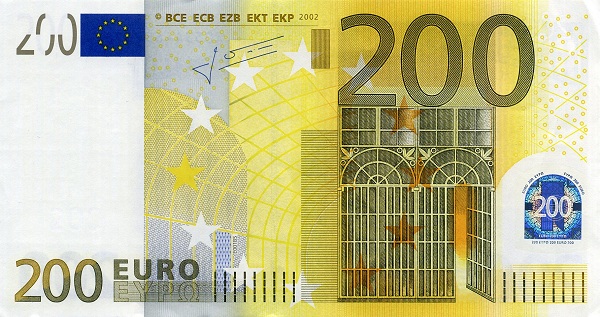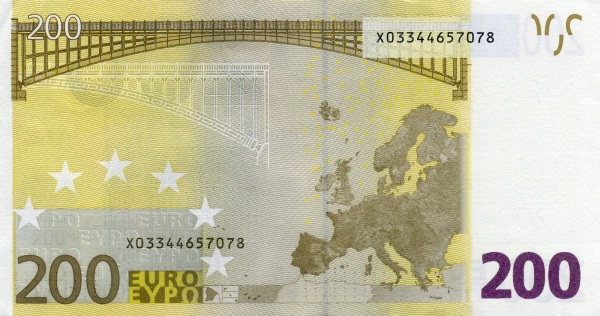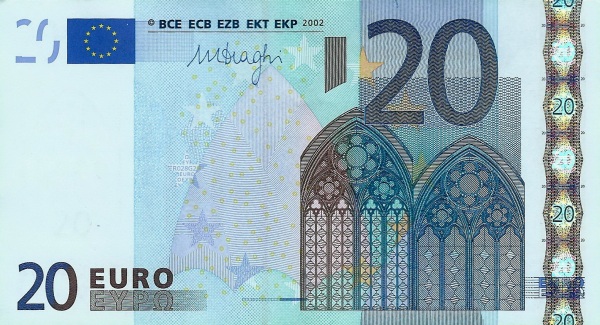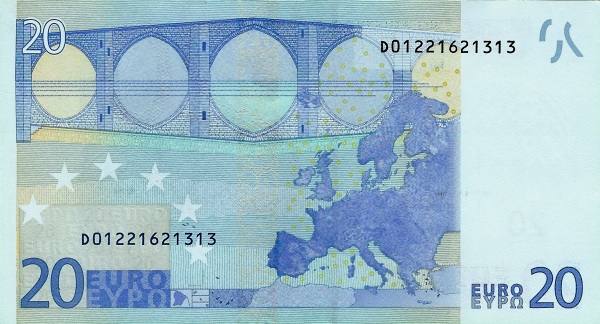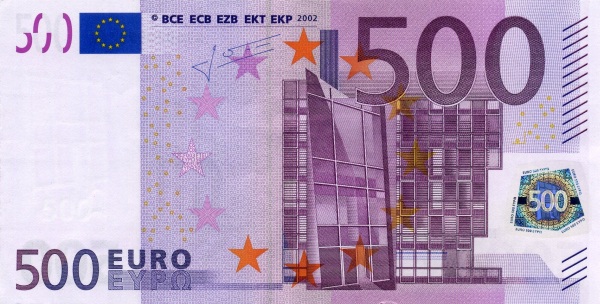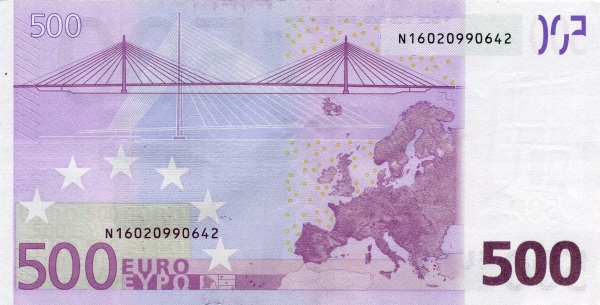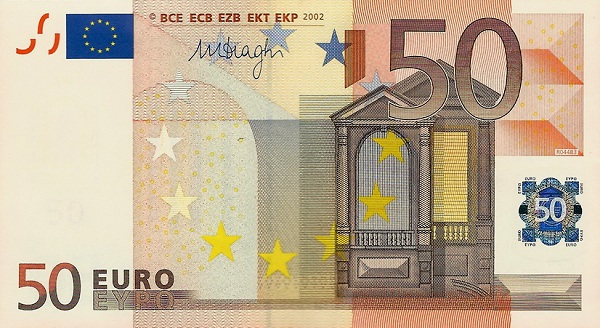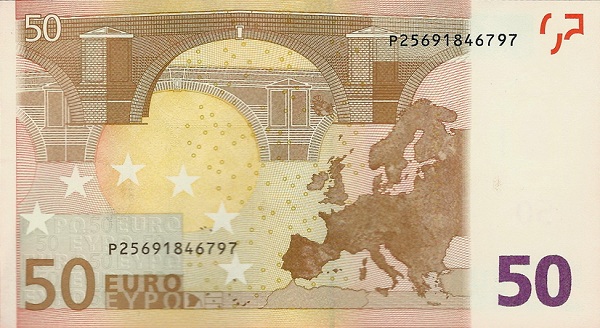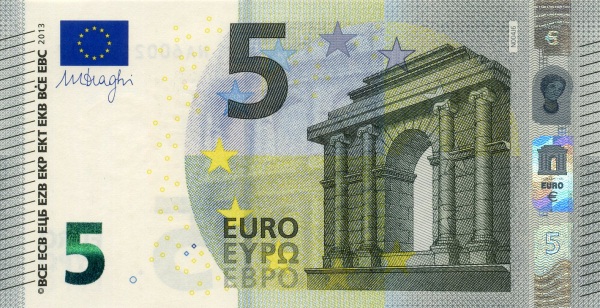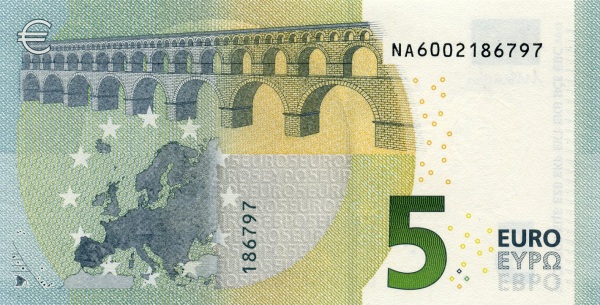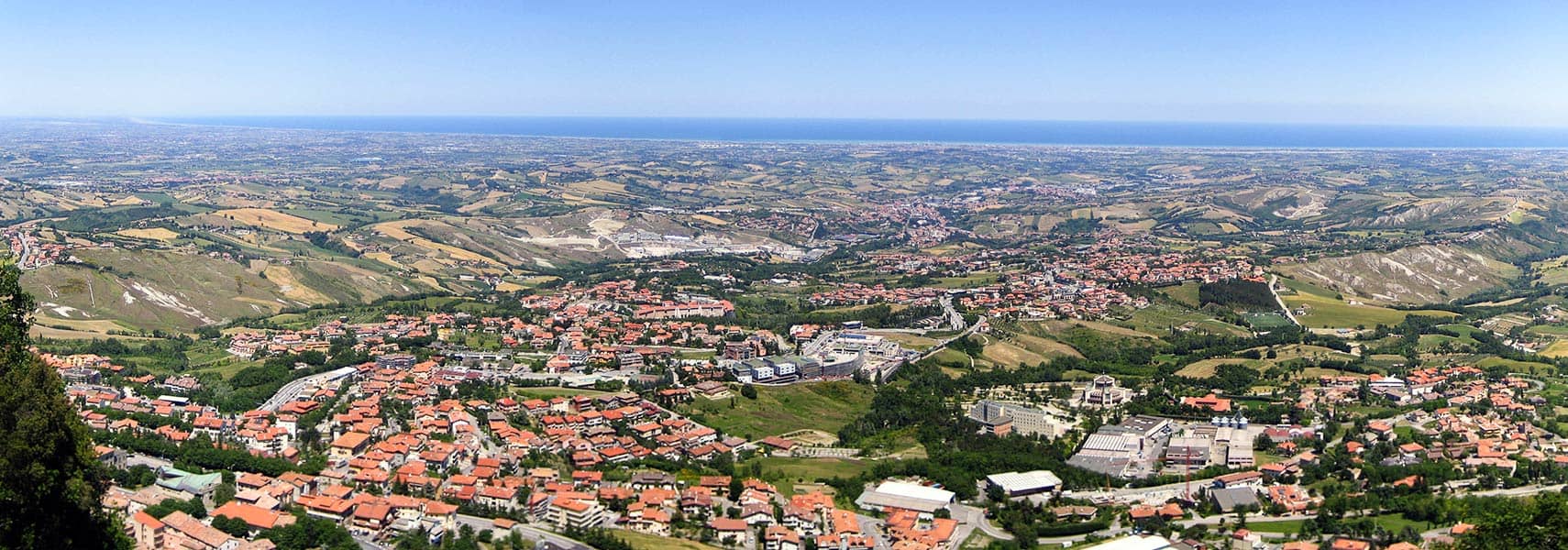Discovering San Marino: A Unique Gem in Europe
San Marino, officially known as the Republic of San Marino, stands out as one of Europe’s five microstates. Nestled within the picturesque landscapes of Southern Europe, this landlocked enclave resides in northeastern Italy. With an area covering just 61 km², San Marino proudly claims the title of the third smallest country in Europe, dwarfing even Malta and Washington, DC.
The Enchanting Geography of San Marino
The splendid republic features a striking topography dominated by Mount Titano, one of the majestic peaks of the Apennine mountain range. This rugged mountain area not only adds to San Marino's natural beauty but also provides breathtaking views for visitors. As you explore the picturesque terrains, you will encounter small settlements that add charm to the already captivating landscape.
A Brief Historical Background
San Marino claims the honor of being the world's oldest republic. Historical records trace its origins back to 301 A.D., when a Christian stonemason named Marino established the enclave. Interestingly, the country's constitution, which dates back to October 8, 1600, reflects centuries of uninterrupted governance. Additionally, San Marino aligned its foreign policy closely with that of Italy, highlighting its deep-rooted connections with the neighboring nation. Throughout history, political and social developments in San Marino often mirror those occurring across the border.
Government Structure of San Marino
Operating as a republic, San Marino boasts a unique governance system. The republic celebrates its founding day on September 3rd, marking the establishment of a state committed to liberty and democracy. This long-standing tradition influences its sociopolitical expressions even today.
The Climate of San Marino
San Marino enjoys a Mediterranean climate, characterized by mild to cool winters, complemented by warm, sunny summers. Such delightful weather appeals to travelers, making it an attractive destination year-round. Visitors experience the pleasant atmosphere while exploring the historical sites and beautiful landscapes scattered throughout the country.
Diverse Population and Culture
The people of San Marino, known as Sammarinese, pride themselves on their rich heritage. With a population of roughly 32,000 (as of 2012), the country fosters a tight-knit community. Italian dominates the linguistic landscape, while Roman Catholicism prevails as the primary religion, profoundly influencing their customs and traditions.
Economy and Natural Resources
Despite its small size, San Marino maintains a robust economy. The nation’s wealth primarily stems from several industries, including tourism, banking, textiles, electronics, ceramics, cement, and wine. Interestingly, the presence of natural resources, such as building stones, supports construction and contributes to exports. With agriculture also playing a crucial role, products like wheat, grapes, corn, olives, and livestock flourish, showcasing the agricultural diversity of this small republic.
Exploring San Marino's Unique Exports
San Marino's exports primarily include building stones, lime, wood, chestnuts, wines, baked goods, hides, and ceramics. Notably, Italy receives an impressive 82.3% of these exports, deepening the economic ties between the two nations. Such statistics highlight San Marino's reliance on its larger neighbor for trade, yet the republic maintains a distinctive identity.
A Glimpse into Trade Relationships
When discussing imports, San Marino engages with a variety of consumer products, food supplies, and energy resources. Not surprisingly, Italy accounts for a significant 81.8% of the imports, illustrating the close-knit economic dynamics that exist between the two countries. San Marino cleverly utilizes these resources to sustain its economy while retaining its unique cultural essence.
The Allure of Tourism in San Marino
Tourism, as one of the main industries in San Marino, attracts countless visitors each year. The enchanting vistas, historic landmarks, and affordable travel options beckon tourists from all corners of the globe. Among the must-see attractions, the Three Towers of San Marino, perched on Mount Titano, amaze travelers with their historical significance and panoramic views of the Adriatic coast. Additionally, the Guaita, the oldest tower, dates back to the 11th century, serving as a focal point of the republic’s rich history.
Cultural Celebrations and Festivals
San Marino boasts a vibrant cultural scene, highlighted by various festivals throughout the year. For instance, the “Medieval Days” celebration transports visitors back to the Middle Ages, complete with period costumes, traditional music, and lively performances. Such events allow Sammarinesi to showcase their heritage while inviting tourists to join in the festivities, creating a sense of community and shared experience.
Conclusion: The Timeless Charm of San Marino
In conclusion, San Marino captivates those who seek a unique destination enriched with history, culture, and stunning landscapes. Whether one is exploring the winding paths of Mount Titano or enjoying the flavors of locally produced wines and cheeses, the experiences found within this tiny yet significant republic are boundless. While San Marino may be small in size, its rich heritage and dynamic culture loom large in the hearts of its citizens and visitors alike.
Largest cities of: San Marino
| City Name | Population | Year of foundation | |
| San Marino | 33,500 | 301 | |
| Serravalle | 10,744 | 1253 | |
| Borgo Maggiore | 5,700 | 1253 | |
| Fiorentino | 1,587 | 1739 | |
| Domagnano | 1,475 | 1556 | |
| Chiesanuova | 1,133 | 1740 | |
| Montegiardino | 1,084 | 1253 | |
| San Leo | 1,000 | circa 250 |
San Marino: Money
